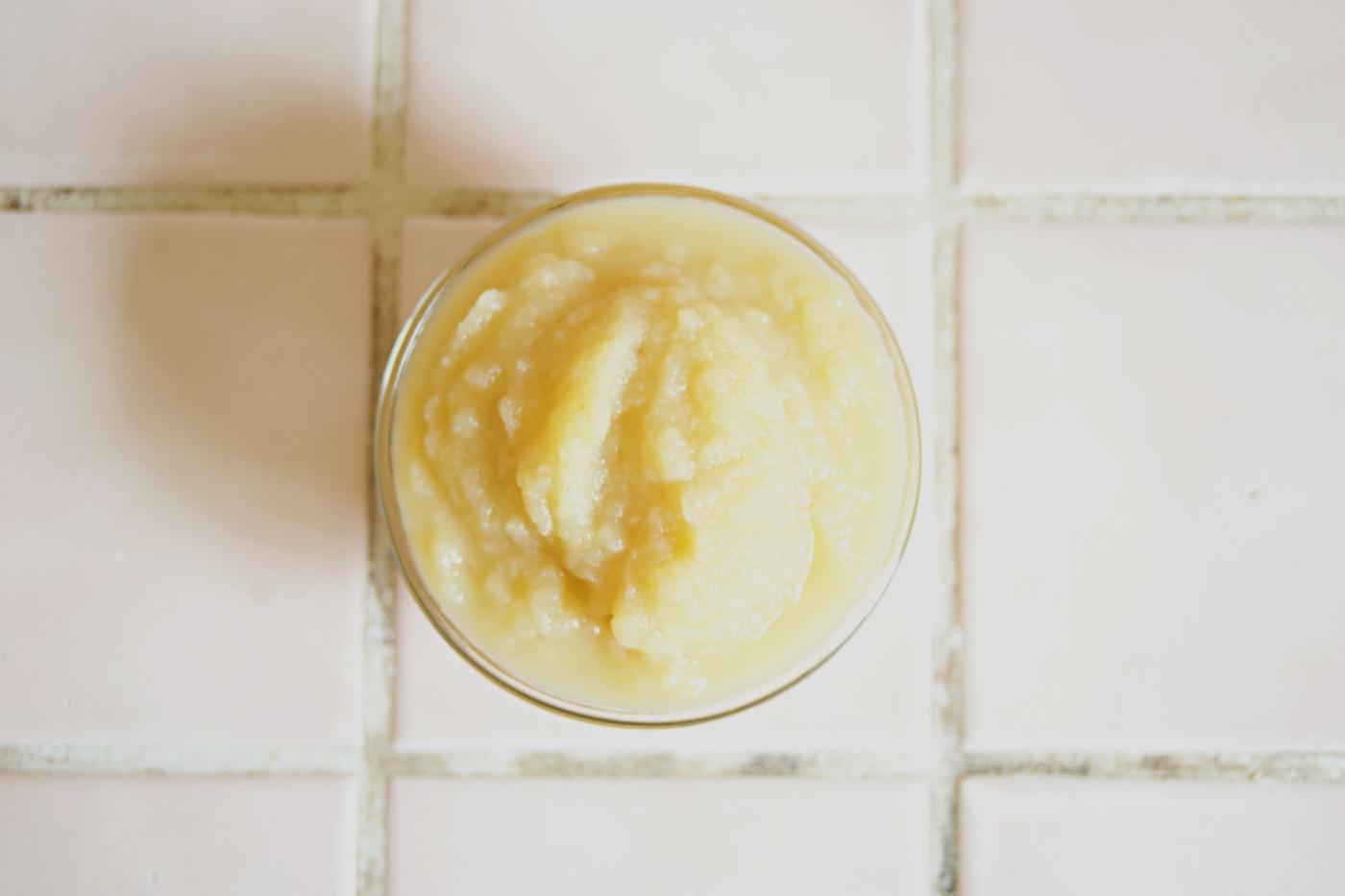6 Tips for Bottle Feeding Your Baby
This post may contain affiliate links, which means I’ll receive a commission if you purchase through my links, at no extra cost to you. Please read full disclosure for more information.
Last updated on September 13th, 2025 at 08:11 am
As a mom of three who has exclusively formula fed, there are so many tips for bottle feeding that I’ve learned over the years. It seems like it would be intuitive. After all, you just give them the bottle! But actually, there are some things you should definitely know if you’re going to bottle feed. It goes beyond simply knowing how much formula or breast milk to put in the bottle. Let’s get into it.
Be aware of what’s going into the nipple
When you’re bottle feeding, you really want to be looking at the nipple during feedings so you know how much formula is in it. Different bottles require different levels of liquid, and for some bottles, it might depend if you’re combo feeding.
For our bottles (Dr. Brown’s anti-colic bottles), we try to keep the nipple as full as possible to avoid them sucking in air bubbles. My friend has a bottle that requires you to keep the bottle flat and the nipple about half full because it’s designed to feel more like breastfeeding and also to keep out air bubbles.
It’s also worth noting that if you’re dealing with a newborn, they might need the nipple half-full at first anyway because they simply can’t handle the fast flow of a full nipple. So, for that first week or so, you’ll want to keep the nipple half full so they can adjust to eating from the bottle.
Watch out for phantom sucking
At the end of the day, bottle feeding is all about making sure they’re gaining more calories than they’re using. Phantom sucking is when they’re sucking on the nipple, but they’re not actually getting anything out. They’re not swallowing, which means they’re using calories to suck, but they’re not gaining calories by actually drinking.
This is super important, and the best way to check is to make sure you’re paying attention to how much they’re drinking throughout the actual feeding session. Check the level of the bottle every once in a while to see if it’s actually going down. If they seem like they’re basically asleep as well, odds are they’re phantom sucking.
If they’re drinking, you’ll hear gulping, see them swallowing, and the sucking will seem more forceful rather than shallow. If they’re sucking but nothing is coming out, give them a break or wake them up a bit more. The best way to wake them up is by changing them, undressing them, and tickling them gently on the feet and armpits. If they’re truly not drinking, then they’re all done eating.
Watch the clock
Again, bottle feeding is all about the balance between using calories and gaining them. This means when you’re bottle feeding, you want to pay attention to how long it’s taking them to finish their bottle. If you hit the half-hour mark, you’re actually going to want to cut them off. That’s because they’ve been sucking for too long and now, they’re not gaining those calories back.
Pay attention to the flow of the liquid
Similar to how you’ll want to know how much liquid is in the nipple, you’ll also want to pay attention to the flow of their eating. By this I mean, if they’re taking a break from sucking, you’ll want to empty the nipple. This way, they won’t gag because they weren’t ready for more liquid.
All you have to do is lean the bottle downward when they take a break, so the nipple is still in their mouth, but it isn’t full. Then, when they start to suck again, lean it back up so there’s liquid in the nipple. If they’re not sucking, you can gently twist the nipple in their mouth to trigger that sucking reflux.
Understand nipple size
Nipple size is hugely important because it controls the flow at which your baby can suck out the liquid. When you buy your bottles, most likely, they’ll come with size one nipples. This is usually the right size for newborns, and you’ll want to move up in nipple size as they get older. If you have a premie, you also might need to buy specific premie-size nipples, which have a slower flow that’s more appropriate.
The best way to know when it’s time to move up in nipple size is by paying attention to how long they’re feeding and how hard they seem to be working to get the liquid. If bottles are suddenly taking a half hour when they were taking fifteen minutes, it’s probably time to move up a nipple size. That’s because you’re giving them more formula as they age, but they can’t get it out fast enough.
Same thing with if they seem to fighting hard to get the liquid out. If they seem like they’re sucking hard, but it’s still taking time to finish, you probably need a bigger nipple size.
Pick the right bottle for your situation
Just like nipple size, the bottle you choose is important. Different babies like different bottles, and different bottles come with different strengths. Personally, my kids have always dealt with acid reflux, so we have always used Dr. Brown’s anti-colic bottles because they help immensely with the spit up.
If you’re unsure which bottle to use, that completely makes sense. My best piece of advice is to get sample boxes from a bunch of different places when you’re making your baby registry. Amazon, Target, and Babylist all have welcome boxes that come with different types of bottles. If one bottle isn’t working for you, you can always switch and see what happens.
Also, listen to your nurses. Not every nurse is correct all the time, but they can be a great resource when you first give birth. If your baby is struggling to feed, they might recommend a different type of bottle or nipple, and it’s worth trying out their suggestion.
What to do if you’re dealing with acid reflux or spit up
As I said, every single one of my kids has had acid reflux and/or spitting up. Spit up is easy to tell, but acid reflux is a bit harder to pinpoint. If you see your baby gag suddenly and start to cry, they might be dealing with acid reflux.
Luckily, I’ve learned a few tricks for dealing with it. The first one is that you should give them time throughout the feeding. Feed them a little bit, wait for a few minutes, and then give them more. Spacing out the feeding can prevent them from having too much at one time, which can increase spit-up. Many people will also recommend burping them during this time, but I personally do not burp my children. (You can read why here!)
The next thing is upright time. After every bottle, they should be upright for ten to twenty minutes, depending on how severe their reflux/spit up is. They should never be laid down right after a bottle. That’s a recipe for trouble.
Finally, the right bottle and formula (if you’re using formula) can be really helpful. Personally, we have only ever used Enfamil Neuropro Gentleease, and it’s always made a huge difference. I’ve already mentioned the bottles we use, which we do exclusively as well. If they’re really struggling, you might need to switch to something gentler on their little tummies.
Bottle feeding seems like it would be instantly super easy, especially if you’ve heard how difficult breastfeeding is. But there are some important things to keep in mind, and it can be tricky. If you’re new to this, you’ll get it down in time. It might take some trial and error (and spit up). But you’ve got this!

Erin Lafond is a writer, website creator, and mom. She survived new motherhood by Googling things a lot, calling her mother, and embracing trial and error. Now, she shares her knowledge with all new moms. She lives in New Hampshire with her husband and two sons.






